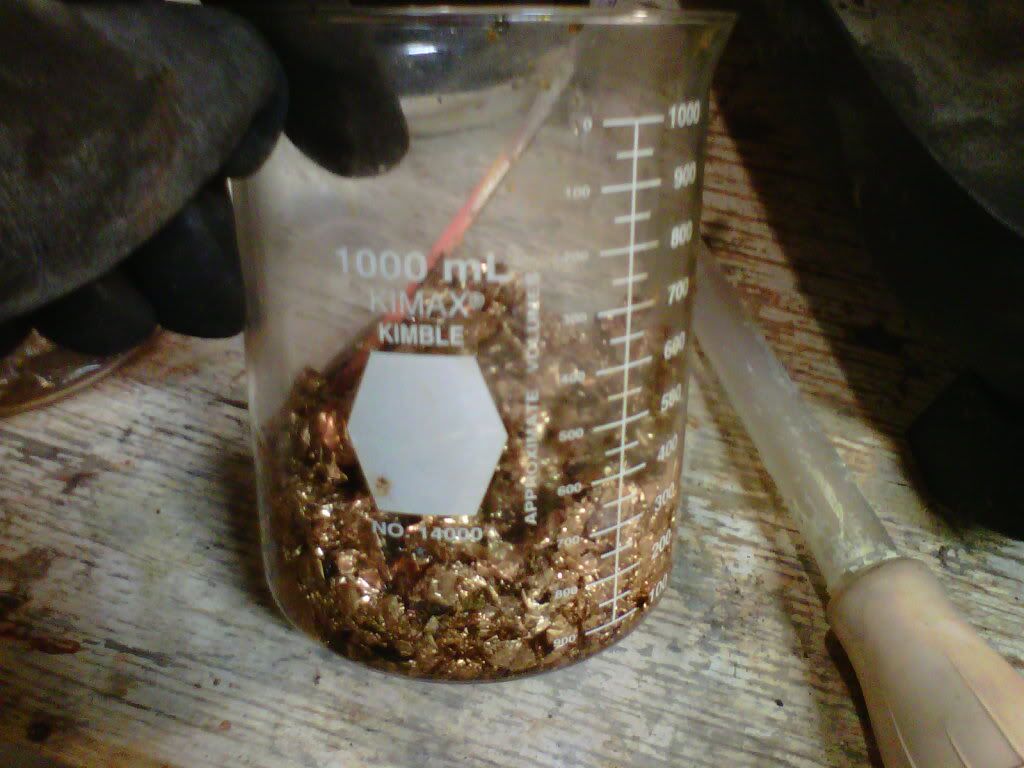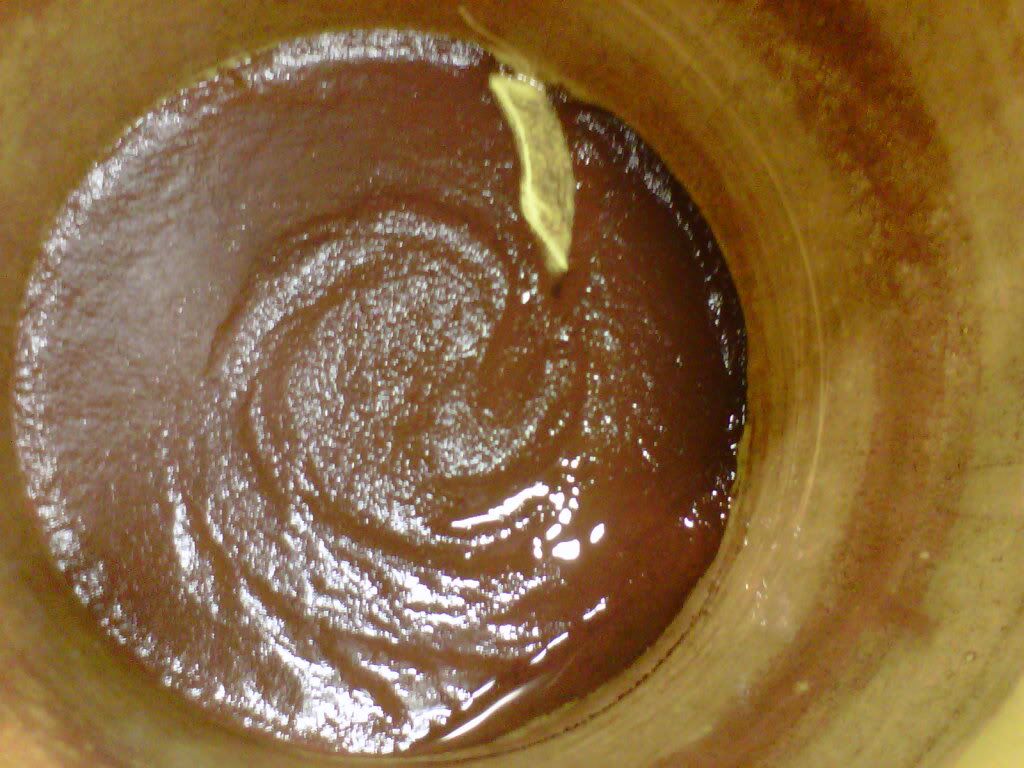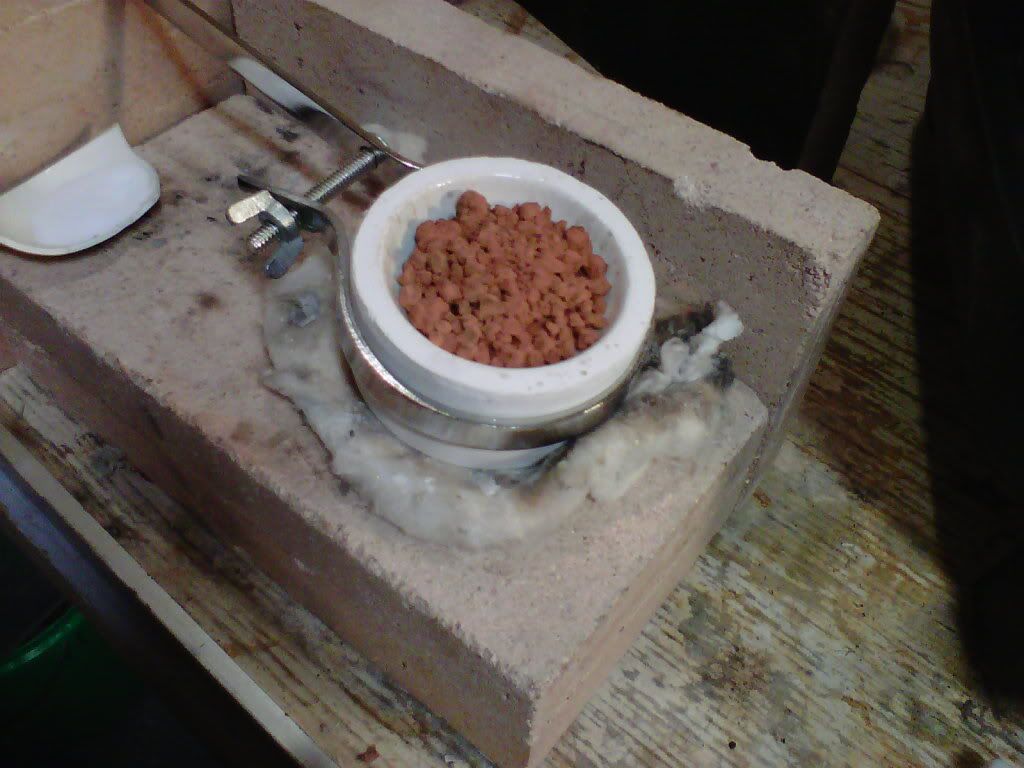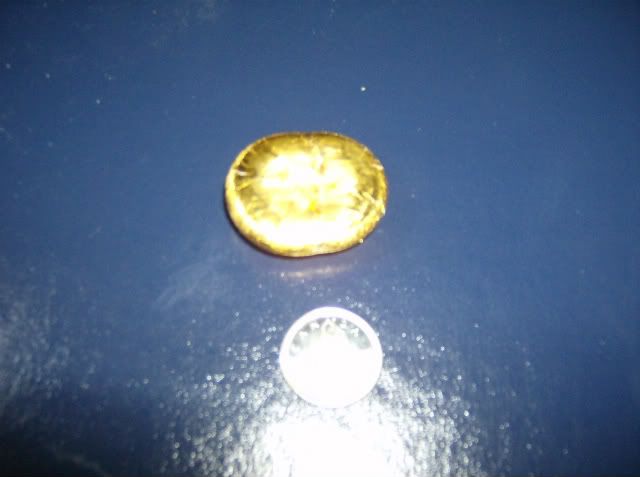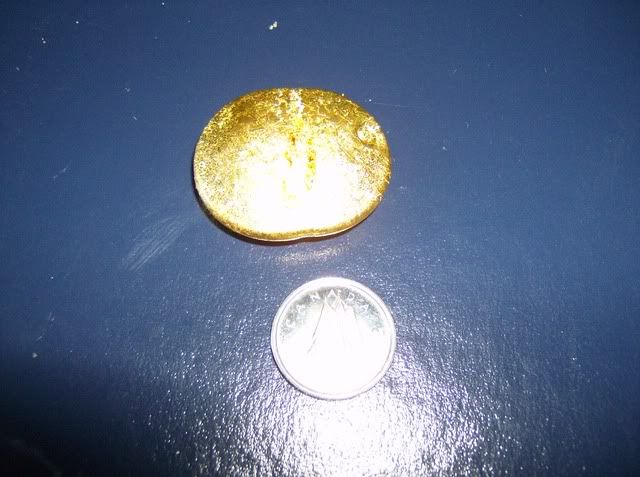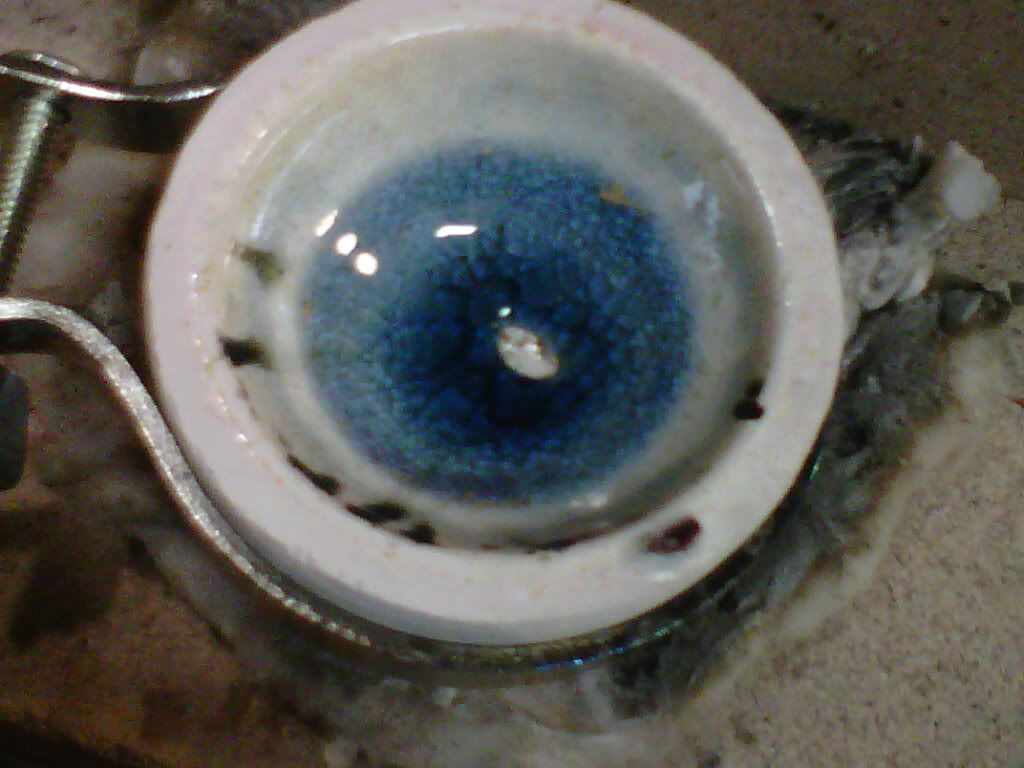You are using an out of date browser. It may not display this or other websites correctly.
You should upgrade or use an alternative browser.
You should upgrade or use an alternative browser.
new button
- Thread starter glondor
- Start date

Help Support Gold Refining Forum:
This site may earn a commission from merchant affiliate
links, including eBay, Amazon, and others.
jimdoc
Well-known member
Did the XRF results show what the impurities were?
Jim
Jim
acpeacemaker
Well-known member
Nice button...giving you my "like" thumbs up Facebook style.

$245.67 ($0.06 / Ounce)
50 lb Sodium Nitrate Fertilizer 99+% Pure Chile Saltpeter Gold Metal Refining Industrial Grade Glass Pottery Enamels
Duda Energy

$248.12
The Extraction and Refining of Metals (Materials Science & Technology Book 2)
Amazon.com Services LLC

$19.19
$130.00
Petroleum Refining: Technology and Economics, Fifth Edition
Triple R Trading Company

$12.99 ($12.99 / Count)
ZOYER Thumb Brace, Thumb Spica Splint for Left and Right Hand, Breathable Wrist Brace with Thumb Support for Arthritis, De Quervain's Tendonitis, Carpal Tunnel, Pain Relief, Sprains
Global Roots Industries Inc

$649.99
$899.99
Garmin fēnix 7S Pro Sapphire Solar, Multisport GPS Smartwatch, Built-in Flashlight, Solar Charging Capability, Sand
Amazon.com

$16.71 ($2.39 / Count)
$21.99 ($3.14 / Count)
WORKPRO 7-Piece Jewelers Pliers Set, Jewelry Making Tools Kit with Easy Carrying Pouch (Blue)
GreatStar Tools

$14.99
Madison Tyler Gold Plated Stackable Bangles, 5 piece of Smooth Bangles with Ball Pattern & 6 Piece of Textured Bangles.
Tanya Creations Fashion Jewelry

$55.30
$79.00
Trezor Safe 3 - Passphrase & Secure Element Protected Crypto Hardware Wallet - Buy, Store, Manage Digital Assets Simply and Safely (Solar Gold)
Trezor Company s.r.o.

$84.95
$171.00
Catalysis in the Refining of Fischer-Tropsch Syncrude (Catalysis Series, Volume 4)
Choice Booksellers

$29.90
$33.00
JSP 12 Bottles 22k Gold Metal Test Acid Karat Testing Liquid Solution Jewelry Teste
Era Dental Supply

$150.47
$200.00
Hydrotreating and Hydrocracking Processes in Refining Technology (Petroleum Refining Technology Series)
Prime Deals, USA

$4.88 ($0.98 / Count)
$9.99 ($2.00 / Count)
Newte Damaged Screw Extractor - Remover for Stripped Head Screws Nuts & Bolts, Drill Bit Tools for Easy Removal of Rusty & Broken Hardware, High Speed Steel | Superb Gift for Men | Gold
Niudai1

$18.44
Moneysworth & Best Brillo Nu-Life Leather/Vinyl/Plastic Color Renew Spray 4.5 oz, 024 Gold
My Shoe Supplies

$429.99
HP Newest 17.3" HD+ Laptop, AMD Athlon Gold 7220U Processor, 8GB DDR5 5200MHz RAM, 512GB SSD, AMD Radeon Graphics, Optimized for Lighter Business workloads, Windows 11 Pro, WOWPC Recovery USB
Oydisen WOWPC (Next Day Shipping Available)

$6.99 ($0.14 / Count)
$7.99 ($0.16 / Count)
Beauticom 3g/3ml (0.1 Fl Oz) Round Clear Plastic Jars with Round Top Lids for Creams, Lotions, Powders, Glitters, and more... (Color: Clear Lid, Quantity: 50 Pieces)
Beauticom

$80.52
$115.00
Petroleum Refining: Technology, Economics, and Markets, Sixth Edition
Woodville Books
You know that's a topic i would like to hear more about from everybody. What is everybody’s experiences with the different colors that are left in your dish? How many of these different colors have you observed and what is your explanation for these variations of contrasting colors? I'm pretty sure Harold, Chris, and some of the experts who have melted untold amounts of gold have seen it all at one time or another.
What is the color of your rainbow?
What is the color of your rainbow?
Palladium. The foils are from cpu lids. They are easy to handle for sure.
I was very curious about the dish colour Harold. Ms Hoke says the dish can be blue from gold. This is the second melt from this material that has left a beautiful blue dish. I only give the powder a quick water rinse as it is more than is required for the project. I would love to clean it up to triple nines, but it is OK as it is. Nickel is a good guess as the lids are kovar. I will get better pictures next time.
I was very curious about the dish colour Harold. Ms Hoke says the dish can be blue from gold. This is the second melt from this material that has left a beautiful blue dish. I only give the powder a quick water rinse as it is more than is required for the project. I would love to clean it up to triple nines, but it is OK as it is. Nickel is a good guess as the lids are kovar. I will get better pictures next time.
Ralph said:What are those foils from? Man i wish my foils would stay in big pieces like that.
The plating on CPU lids is pure and about twice as thick as that on fingers or pins. The gold on pins and fingers is slightly alloyed (.1% - 1%), with nickel or cobalt, to make it harder - this alloying creates a stressed deposit - there are millions of tiny stress cracks invisible to the naked eye. In general, the thinner and more stressed the deposit, the more likely it will fall apart into many small slivers. Also, the alloyed, thinner gold is much more porous. The acid enters through the millions of pores (and, stress cracks) and this tends to produce very small pieces.
Sometimes, with very thick pure gold plating, which is non-porous, the acid won't penetrate through the gold to the underlying substrate and nothing will happen. I have had parts that I had to break to expose some of the substrate (usually copper) on the edge. Then, the acid will start dissolving at the exposed edge and will eventually work it's way under all the gold.
To summarize: Since nitric or properly mixed AP doesn't dissolve gold, it has to penetrate through an opening in the gold in order to attack the underlying copper, Kovar, etc. This is usually done through porosity or stress cracks in the gold. Even pure gold has some porosity until it is about 100 millionths of an inch thick. Also, the gold is thinner on sharp corners and sharp edges and it can penetrate there, since there is more porosity in thin deposits. It will also penetrate through edges that are thinned out through wear. The acid only needs one small point of entry in order to eventually dissolve out the entire substrate. Heat helps this happen faster.
joem
Well-known member
Great job glondor
- Joined
- Feb 25, 2007
- Messages
- 8,360
I'm not convinced she says that--although it can be blue from gold alloy that contains copper. Pure gold will leave nothing in the dish, with the exception of a pink/purple color, if that. Those are the result of colloidal gold being trapped in the flux.glondor said:I was very curious about the dish colour Harold. Ms Hoke says the dish can be blue from gold.
One other thing that might be interesting to explore is the possibility of tungsten. I know from several experiences in washing cemented silver (with dilute HCl) that the presence of tungsten yields an inky blue color, much like that in the flux in the dish. I'm not suggesting, not for a moment, that the presence of tungsten would yield the blue color when melting gold----just wondering if it would.
Harold
dtectr
Well-known member
In my short experience, often when foils release initially, they will still have a "film" of the underlying base metal on them. Whereas a water rinse would have no effect, not coloring the water visibly, a HCl wash would be thus tinted, as it dissolves the base metal residue.
I also found that with a "cold" button, a larger one, torch melted, where it didn't mix well, your XRF reading can vary by up to 4k (i had one that, honestly, read 20, 21,22, and 24k, depending on where the probe rested).
As far as the contaminant in the dish, and the amount of it, I do remember from prospecting days, that the amount of mineral staining, especially in the gossan cap, isn't always a good indicator of quantity/quality of an ore deposit below, as it takes very little of certain minerals to create significant staining.
Therefore, though there may not have been a "huge" amount of contamination, it was still likely there, whatever it was.
just my dos centavos.
I also found that with a "cold" button, a larger one, torch melted, where it didn't mix well, your XRF reading can vary by up to 4k (i had one that, honestly, read 20, 21,22, and 24k, depending on where the probe rested).
As far as the contaminant in the dish, and the amount of it, I do remember from prospecting days, that the amount of mineral staining, especially in the gossan cap, isn't always a good indicator of quantity/quality of an ore deposit below, as it takes very little of certain minerals to create significant staining.
Therefore, though there may not have been a "huge" amount of contamination, it was still likely there, whatever it was.
just my dos centavos.
Geo
Well-known member
after harold straightened me out on proper precipitating and washing, my dish has a little heat discoloration with a little pink color but thats about it. i also have little stray beads of gold i cant see during the melt but shows up nicely after the borax cools down. should i just leave this till the next melt or reheat the dish to remove them?
- Joined
- Feb 25, 2007
- Messages
- 8,360
Heating, alone, won't do the job.Geo said:after harold straightened me out on proper precipitating and washing, my dish has a little heat discoloration with a little pink color but thats about it. i also have little stray beads of gold i cant see during the melt but shows up nicely after the borax cools down. should i just leave this till the next melt or reheat the dish to remove them?
When you get the button fully molten, superheat the area around the button, using your torch. I used to use a gloved hand (asbestos gloves), picking up the dish and gently swirling the button around, picking up the tiny prills. You won't get all of them, but as long as you keep using the dish, they eventually get accounted for. The last time the dish is used, assuming it's useful life is gone, melt some silver in the dish and allow it to capture the remaining prills.
I used to run my spent dishes through my ball mill, then the classified solids were processed in cyanide to recover traces. Any large pieces of metal were removed in classfication. That isn't likely a solution for you, but there's no reason why you can't crush the dish fine, then run it with flux, in a furnace, along with other wastes.
Harold
Geo
Well-known member
great. thanks for the reply.
Palladium said:You know that's a topic i would like to hear more about from everybody. What is everybody’s experiences with the different colors that are left in your dish? How many of these different colors have you observed and what is your explanation for these variations of contrasting colors? I'm pretty sure Harold, Chris, and some of the experts who have melted untold amounts of gold have seen it all at one time or another.
What is the color of your rainbow?
Here's the color chart I go by for borax colors:

Enjoy,
Steve
Latest posts
-
-
-
-
-
Panning Gold from incinerated and crushed RAM Chips
- Latest: FrugalRefiner
-
-
-
-
-
A 'gold mine' of unused gold-plated parts!
- Latest: haveagojoe
-




